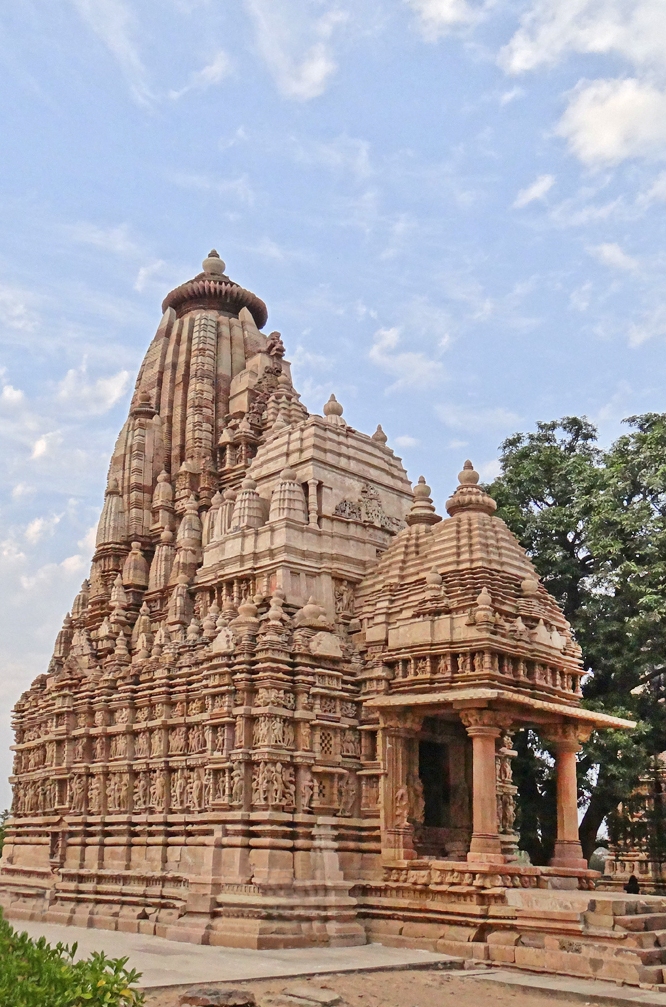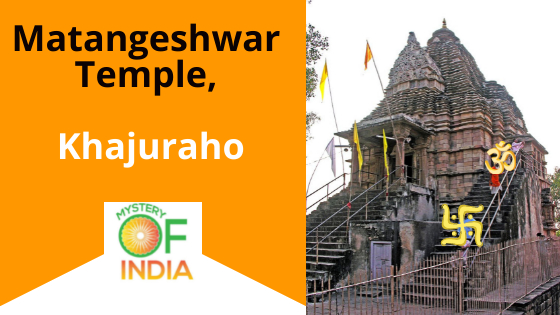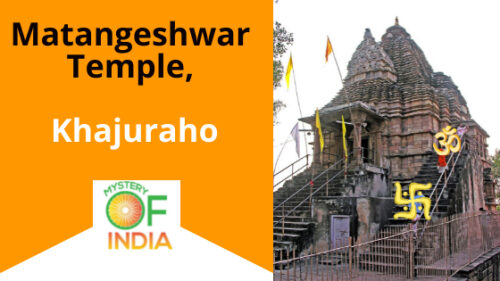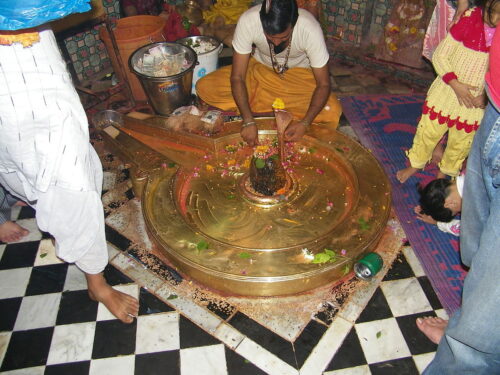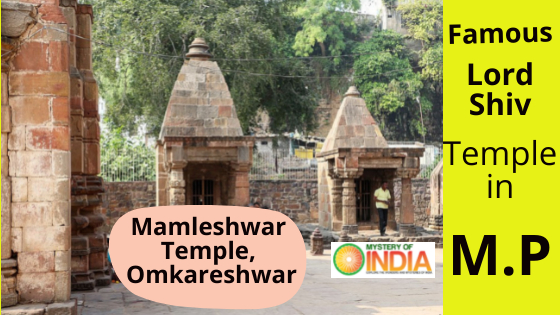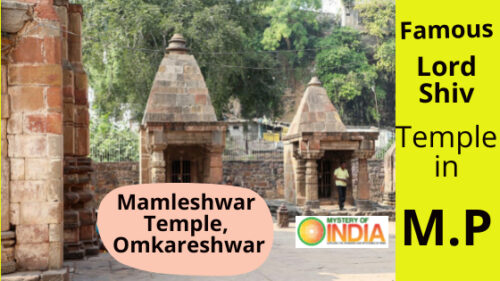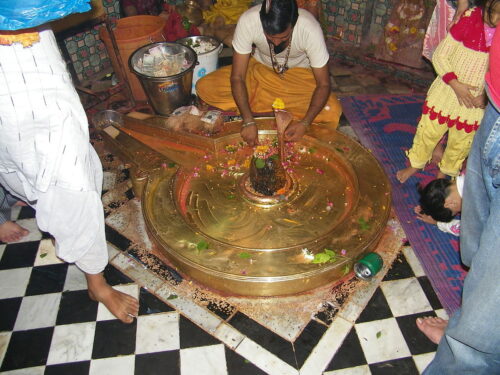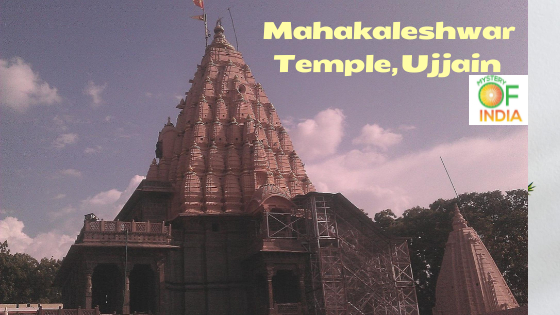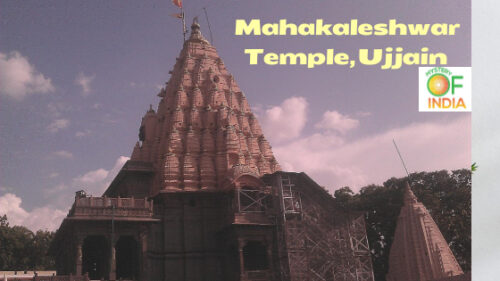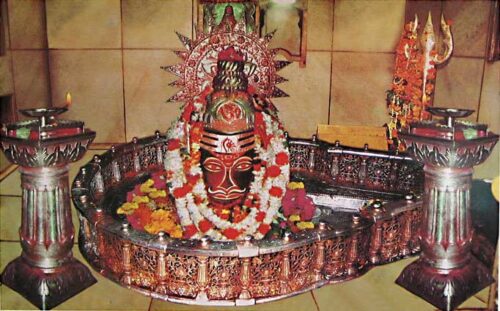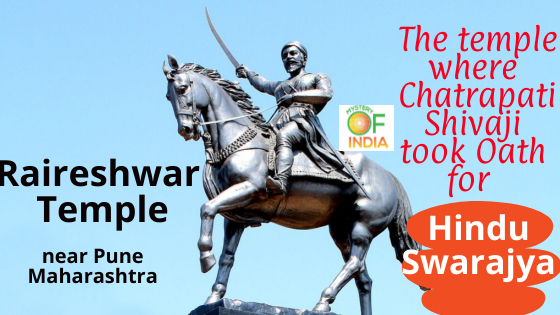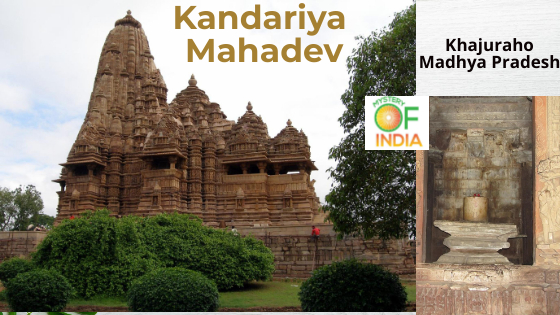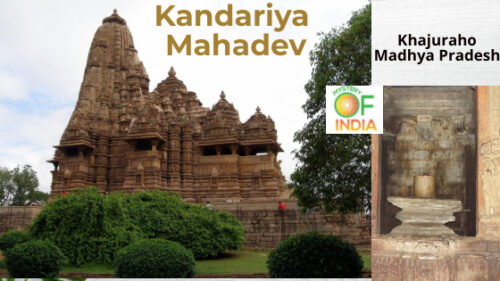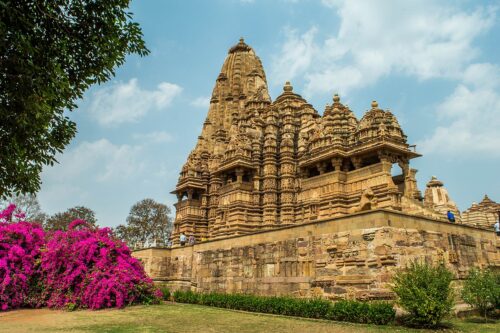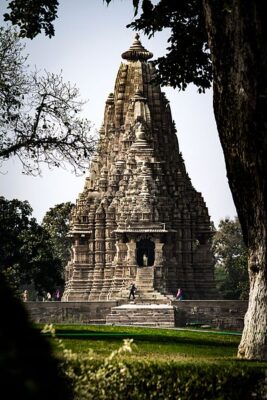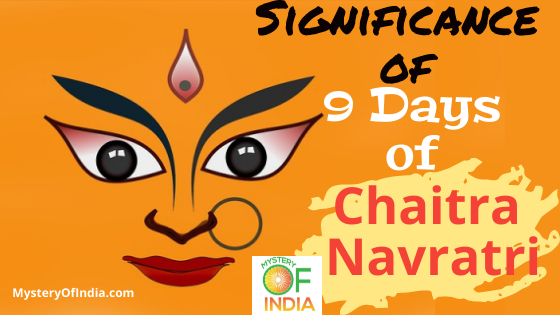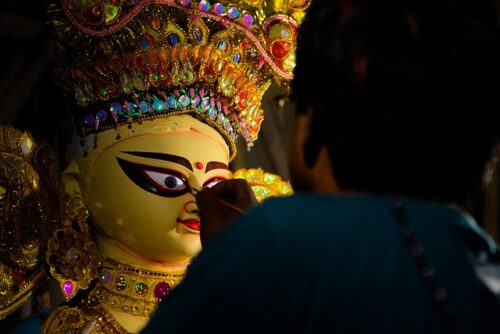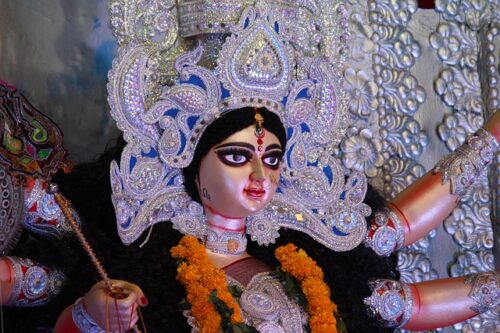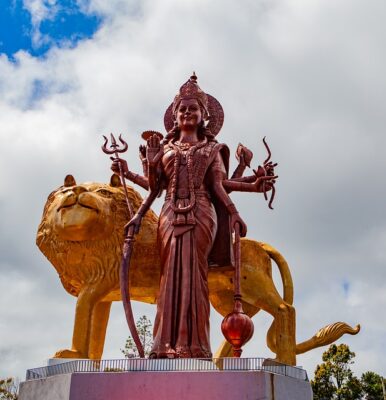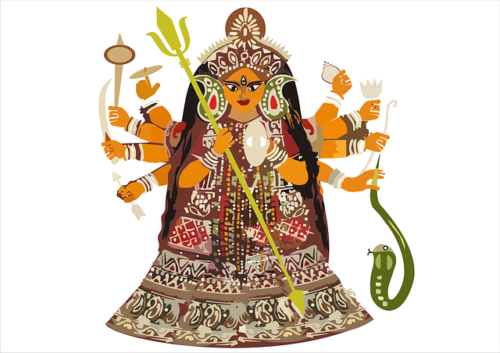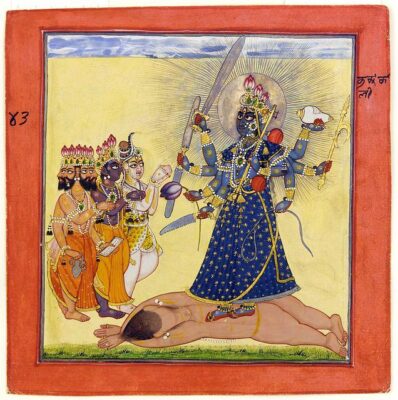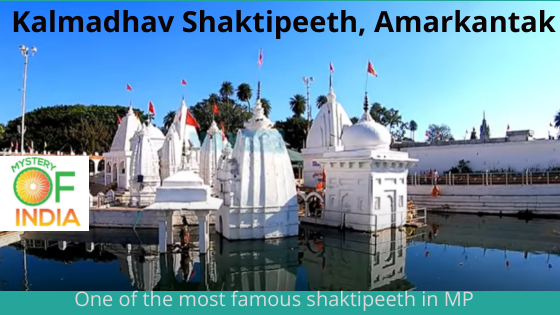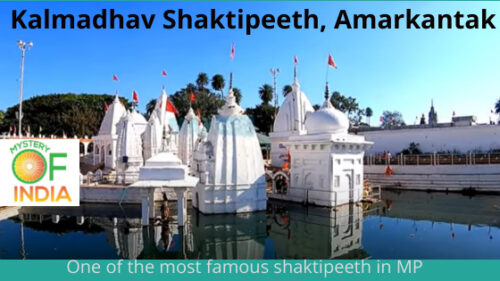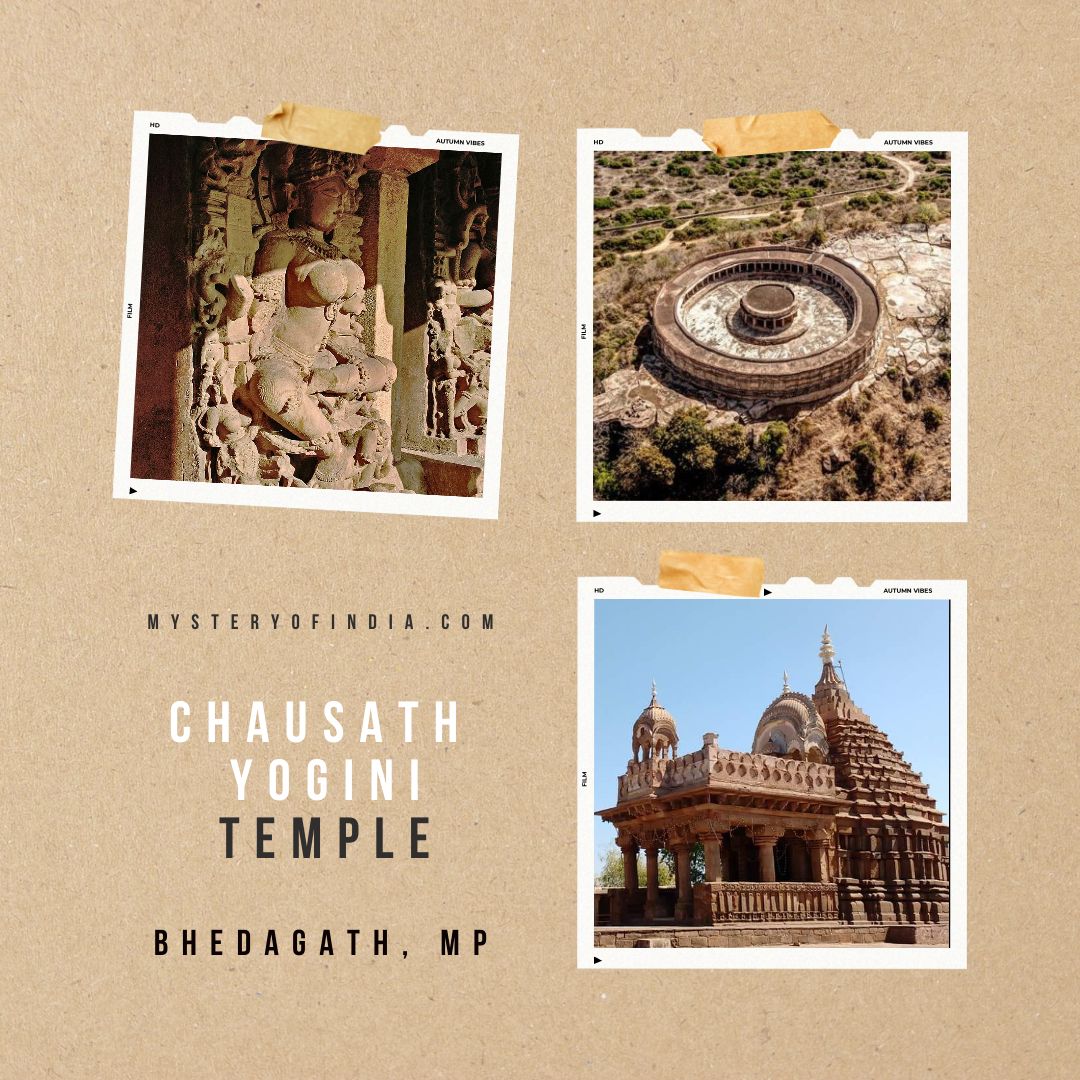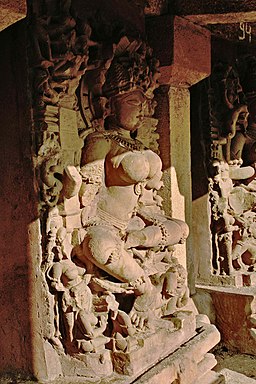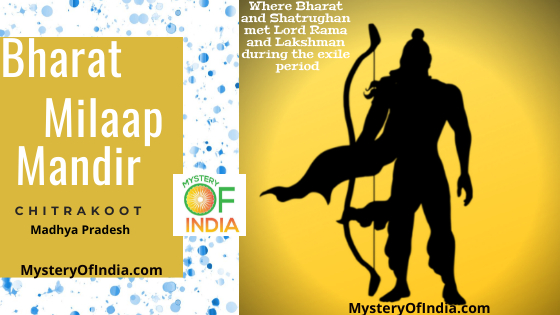Parsvanath Temple, Khajuraho
Khajuraho is one of the most popular tourist destinations of Madhya Pradesh that is known for its beautiful temples. These temples were constructed during the Chandela Dynasty and all these temples are divided into Eastern, Western, and Southern temples.
When you explore the Eastern temples, you will come across some of the most attractive monuments and Parsvanath Temple is also one of them.
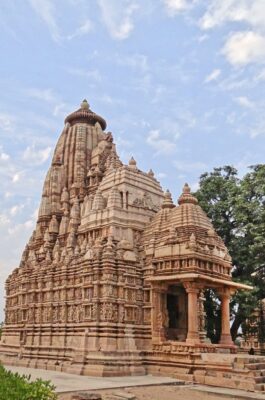
The history behind Parsvanath Temple
Parsvanath Temple is not just the oldest but also the largest temple among all the Eastern Temples in Khajuraho. It is said that the temple is dedicated to Lord Parsvanath who was the 23rd Tirthankara of Jains.
There have been several inscriptions that were found in the temple through which the archaeologists found some details and history of the temple. According to one such inscription, this temple was constructed during the reign of King Dhanga in the 10th Century.
There are also many inscriptions found that mention how the Jain family contributed towards the construction of the temple while a court man of the king bestowed gifts towards the temple. Also, it was found that it was in the 19th Century, that a Jain family took the responsibility for the repair work of the temple.
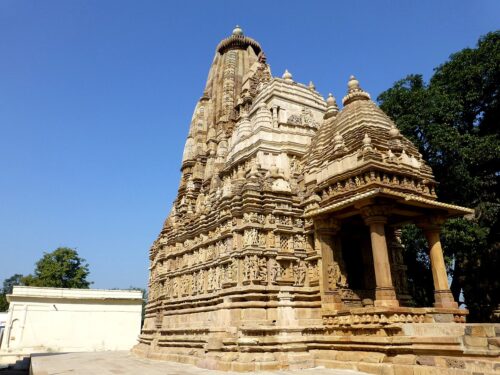
Similarly, archeologists found another important fact about the temple that initially the temple was getting constructed for Lord Adinath who is the first Tirthankara in Jainism. But again due to unknown reasons, finally Lord Parsvanath became the main deity of the temple and it got its name, Parsvanath Temple. But you will still find the shrine of Lord Adinath which is located near the main temple.
The architecture of Parsvanath Temple
Similar to other temples of Khajuraho, one can notice beautiful carvings on the Parsvanath Temple also. You can notice carvings of motifs as well as several religious symbols on the interior walls of the temple. On the other hand, the outer walls of the temple hold carvings of animals as well as human figures.
Though it is a Hindu temple with the Shikhara style as the dominant one, the architecture of the temple also consists of Buddhist and Islamic styles.
Talking about the floorplan, the temple has a big porch at the entrance after which you will see the hall or the mandapa that is followed by Sanctorum. If you have visited the Lakshmana Temple, you will find the floorplan of Parsvanath Temple a bit similar.
Talking about the sculptures found on the walls of the temple, all of them showcase different themes. You can notice the sculptures of different Hindu deities such as Lord Vishnu, Devi Lakshmi, and others. Also, you can find other thematic sculptures such as a female applying makeup, and so on.
It is due to the architectural beauty and the old age of this temple that The Archaeological Survey of India has considered Parsvanath Temple in their list of Monuments of National Importance.
When to Visit Parsvanath Temple?
There is no such specific time of the month when you should visit Parsvanath Temple. But keeping a note of the extreme summer that you may find in Khajuraho, it is better to avoid the summer seasons. According to some travel experts, September to March is the perfect time period to visit Parsvanath Temple.
Entry to the temple is free. If you wish to explore the temple in detail and wish to witness the architectural beauty in-depth, you should spend at least 1 hour in this temple. While you are visiting the temple, you should keep a note of the opening and closing times of the temple.
Opening Time – 8 am
Closing Time – 6 pm
How to Reach Parsvanath Temple?
Parsvanath Temple, located in Khajuraho is quite easily accessible from different parts of the country through different modes of transport.
Airways: Khajuraho has its own airport, Khajuraho airport. The distance from Khajuraho airport to the temple area is just about 2 km that you can easily cover it by a cab from the airport.
Railways: Khajuraho is also connected to other parts of the country through a nearby railway station, Rajnagar which is just 3 km away.
Roadways: Khajuraho has easy accessibility to the National Highway that connects Khajuraho to different cities of Madhya Pradesh. There are different bus services that you can get or you can even drive your car to reach Khajuraho directly.


